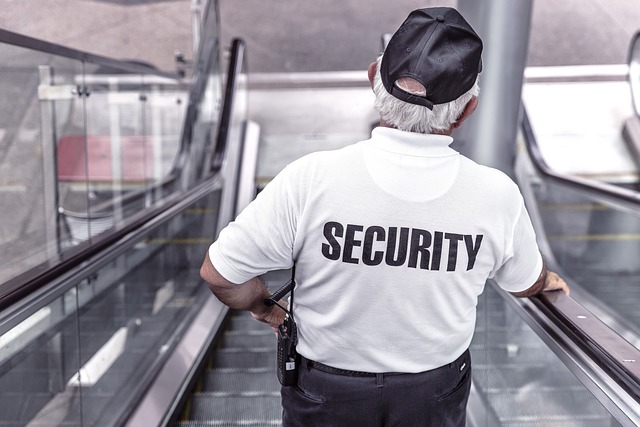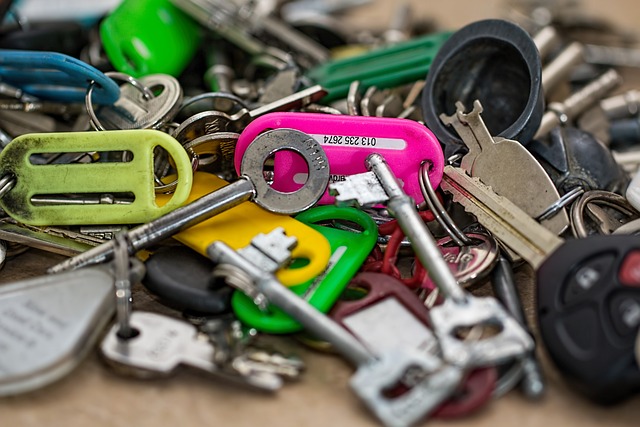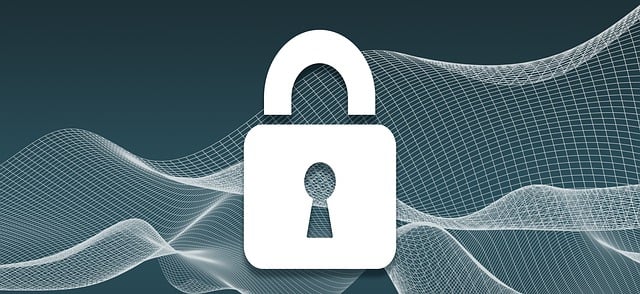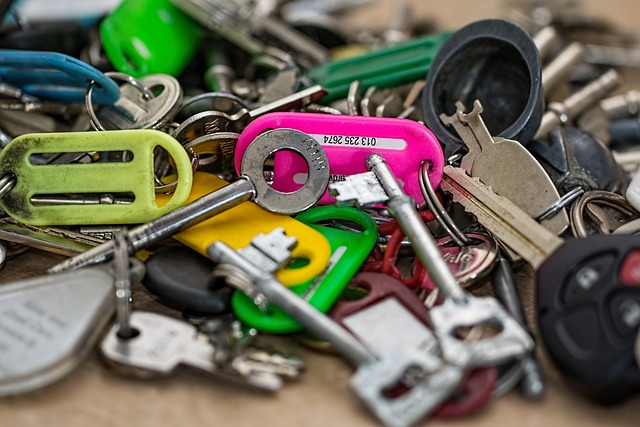Securing off-campus student housing involves a multi-faceted approach. Students should familiarize themselves with local tenancy laws, review lease agreements, and implement basic safety practices like locking doors and using deadbolts. They should also leverage campus resources for emergency contacts and safety apps. When searching for housing, prioritize secure features like 24/7 staffing, modern security systems, well-lit areas, and clear escape routes. Proactive measures include regular property assessments, smart locks, surveillance cameras, bright lighting, and community engagement to create a culture of vigilance. Technology, such as smart home devices and apps, can enhance security with real-time alerts and quick reporting. A comprehensive student safety guide, utilizing campus resources and digital tools, empowers students to take charge of their off-campus well-being.
Off-campus living offers students freedom and independence, but ensuring secure student housing is paramount for a worry-free experience. This comprehensive guide explores essential aspects of making your off-campus home safer. From understanding your rights as a tenant to implementing technology-driven security solutions, you’ll discover practical tips for securing student apartments. Learn how to choose safe locations, implement robust safety measures, and build a community that supports and protects one another.
- Understanding Your Safety Rights as a Student Tenant
- Choosing Secure Off-Campus Housing: What to Look For
- Essential Security Measures for Student Apartments
- Building a Safety Plan for Unexpected Situations
- Technology's Role in Enhancing Off-Campus Student Safety
- Fostering Community Awareness and Support
Understanding Your Safety Rights as a Student Tenant

As a student living off-campus, your safety is paramount. Understanding your rights as a tenant is a crucial first step in ensuring secure living. Familiarize yourself with local tenancy laws and regulations regarding housing security. Many landlords are required to provide certain safety measures like functional smoke alarms, carbon monoxide detectors, and secure entry systems. Review your lease agreement thoroughly; it should outline the responsibilities of both you and your landlord concerning maintenance and security.
Don’t hesitate to ask questions or seek clarification on any aspect of your housing’s security features. A comprehensive student safety guide typically includes tips like keeping doors and windows locked, using deadbolts when possible, and installing a personal security system if needed. Additionally, stay informed about campus resources dedicated to student housing safety, such as emergency contact numbers, safety apps, and community watch programs.
Choosing Secure Off-Campus Housing: What to Look For

When hunting for off-campus housing, students often prioritize proximity to campus and cost. However, ensuring student housing safety should be at the forefront of your search. Look for apartments or complexes that offer 24/7 security, with well-lit common areas and entryways equipped with secure access systems. Check if each unit has working smoke and carbon monoxide detectors, a fire extinguisher, and a safe escape route.
Inspecting the neighborhood is also crucial. Research crime statistics for the area and choose locations with low crime rates. Look for nearby safety features like surveillance cameras, emergency call boxes, or well-lit streets. Additionally, consider housing providers that offer robust off campus security measures, such as regular security patrols, on-site management teams, and quick response times to maintenance requests, contributing to a safe student rentals environment.
Essential Security Measures for Student Apartments

Ensuring secure living in off-campus housing is paramount for students seeking peace of mind while studying away from home. For optimal student housing safety, landlords and tenants alike must collaborate to implement robust security measures. This starts with a comprehensive assessment of the property’s vulnerabilities and includes upgrading to modern security systems such as smart locks, surveillance cameras, and motion sensors.
A student safety guide should also incorporate practical housing security tips like installing bright exterior lighting, maintaining clear lines of sight from windows and doors, and promoting a culture of awareness among residents. Regular maintenance checks, timely reporting of issues, and clear communication channels with management are vital to keeping student apartments secure. By combining technological advancements and proactive community engagement, it’s possible to create safe student rentals that foster a comfortable learning environment.
Building a Safety Plan for Unexpected Situations

In the realm of student housing safety, preparing for unexpected situations is paramount. Students living off campus should start by evaluating their surroundings and identifying potential risks. This includes assessing the security features of their rental property, such as reliable door locks, working smoke detectors, and well-lit common areas. Developing a safety routine and communication strategies with roommates or neighbors can also significantly enhance off-campus security. A simple plan could involve setting up emergency contact lists, establishing meeting points outside in case of evacuation, and agreeing on protocols for handling suspicious activities.
Creating a student safety guide tailored to their specific housing situation is another effective step. This guide should include local emergency services numbers, campus police contacts, and instructions for reporting issues like broken locks or unusual occurrences. Regularly reviewing and updating this plan as situations change ensures that students are prepared to navigate unexpected events in their safe student rentals or apartments. Implementing these housing security tips fosters a sense of security and empowers students to take control of their well-being while living off campus.
Technology's Role in Enhancing Off-Campus Student Safety

Technology plays a pivotal role in enhancing off-campus student safety, offering innovative solutions to secure student housing. Smart home devices, such as door and window sensors, are game-changers when it comes to protecting student apartments. These devices allow students to remotely monitor their homes, receiving instant alerts when any unauthorized entry attempts occur. Additionally, smart cameras with motion detection provide a constant watchful eye, deterring potential intruders and offering crucial evidence in case of any security breaches.
Integrating technology into their safety routine is a valuable step for students navigating off-campus living. Apps dedicated to student housing safety enable users to quickly report issues, communicate with neighbors or landlords, and access important emergency contacts. These digital tools empower students to stay vigilant, fostering a sense of community and collective responsibility for safe student rentals. With the right technology in place, securing student apartments becomes more manageable, making it easier for students to focus on their studies and enjoy a peaceful living environment.
Fostering Community Awareness and Support

Creating a sense of community can significantly enhance both the security and overall well-being of students living off campus. Encouraging neighbors to look out for each other is a powerful tool in maintaining a safe environment. Simple initiatives like hosting community meetings, where residents can share tips on housing security and be aware of potential risks, can make a big difference. This fosters a culture of vigilance and mutual support, ensuring that everyone feels invested in their shared space.
Students should also take advantage of available resources provided by universities or local communities. Many institutions offer safety guides tailored for off-campus housing, covering topics like securing apartments, recognizing and reporting suspicious activities, and personal safety measures. Utilizing these resources equips students with the knowledge to protect themselves and contributes to a proactive approach to student housing safety, making their off-campus living experience more secure and peaceful.
